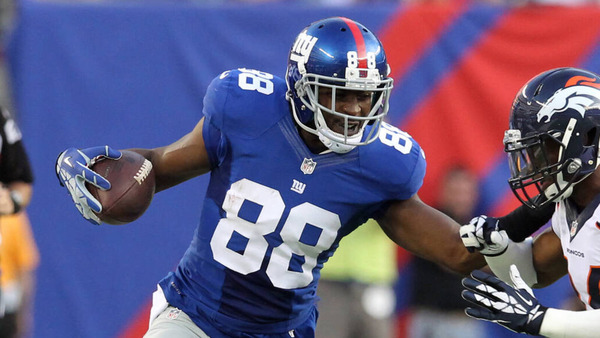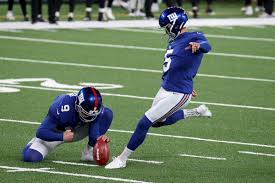When Graham Gano missed two field goals last week in a New York Jets victory, I had to delve into a deeper understanding what had happened. The New York Giant field goal kicker had missed four kicks in the past four games. They were that were usually chip shots for him and easily makeable. While NFL player safety is the top consideration, his knee injury isn’t helping anyone since been shut down. Randy Bullock will take his place for today’s game against the Las Vegas Raiders.
National Football League (NFL) coaches often find themselves facing the dilemma of balancing the health of their players with the desire for team success. Injuries are an inherent part of the game, and how coaches manage their players and their injuries can have a significant impact on the result of a game.
No Longer a Balancing Act
The balancing act with some types of injuries has been taken away from the head coach: Concussion Protocol is a multi-step process that begins almost immediate in most cases after a suspected head injury. Otherwise, the coach has an input on playing players (as do the players themselves) if they are incapable of performing at less than 100%.
The Giants have several instant occurrences where they played an injured player, believing that it could be for the greater good of the team:
In 2000 Head Coach Jim Fassel believed that playing injured linebacker Jessie Armstead was better for the team, than not playing him. Armstead, with an ankle injury that limited his mobility was a detriment to the defense, as the team struggled. Armstead would go on to aggravate his injury further.
In 2012 Hakeem Nicks was put into a playoff game against the Green Bay Packers. Nicks had been battling a hamstring injury all season long. Head Coach Tom Coughlin, looking to repeat as Super Bowl Champions, played Nicks. He hoped that Nicks’ skills would help the passing attack. Nicks had limited speed and agility due to the injury, as the Giants would lose to the Packers.

In 2017 Eli Manning’s career began to come to an end. Head Coach Ben McAdoo decided to keep playing the injured player. Manning, who had a consecutive game played record intact at that point, was suffering from a neck injury. McAdoo rode the two-time Super Bowl MVP, but Manning was unable to make accurate throws due to the injury. A turnover-plagued season ensued, and the Giants ended up with a miserable record for the year.
NFL Player Safety
In each of the above three instances, the decisions to play injured players were made with the best intentions of bolstering the team’s chances of winning. In each instance, the results were negative, and the Giants ended up on the short side each time.
This past week’s Giants-Jets game was no different. Playing an injured Gano cost the Giants dearly. With the Giants up by three points late in the game, Gano was asked to attempt a short field goal. Statistical analysis determined that the Giants had a 99% chance of winning the game. As Yogi Berra famously quipped, “It ain’t over until it’s over.” Gano missed the short field goal attempt, as well as the following field goal attempt. It ended, but not as Head Coach Brian Daboll anticipated.
Analytics seems to indicate that playing a healthy replacement gets one superior results over playing an injured starter.
Barry Schustermann
Follow me on X @BarrySchust
Follow me on Facebook @Barry Schustermann



